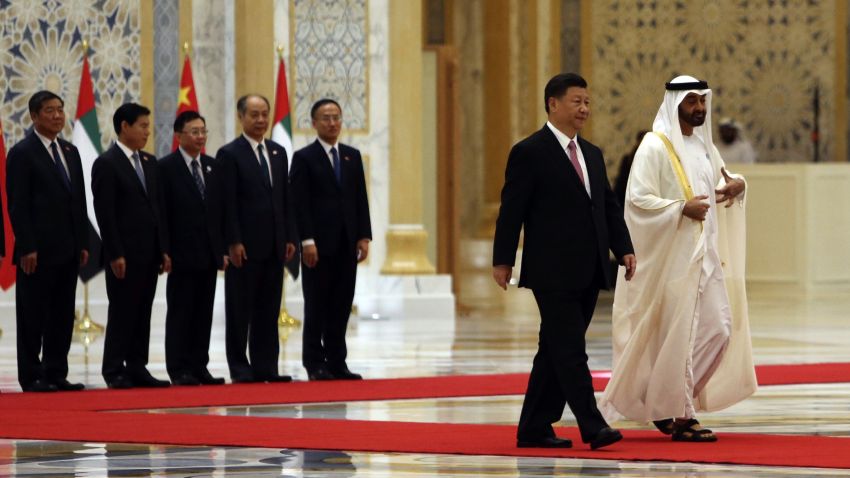With growing anti-China sentiment among the few areas of consensus in Washington these days, it was only a matter of time before U.S. policymakers began to focus on China as “the next big threat” in the Middle East. Indeed, China’s expanding influence appears to be providing the latest raison d’etre for continued U.S. engagement and a remedy for “Middle East fatigue” after over two decades of costly wars. U.S. President Joe Biden’s administration, which came into office seeking to do “less not more” in the Middle East, is increasingly using the focus on China and great power competition as an excuse to again do more—or at least much of the same—in the region. With his trip to the Middle East last month, Biden hoped to send the message that “America is back” there, too, asserting that the U.S. “will not walk away and leave a vacuum to be filled by China, Russia, or Iran.”
Countering Iran and encouraging Arab states to court Israel were big themes of Biden’s trip. But rising concerns about great power rivals, particularly China, is increasingly on the agenda, both in public posturing and, according to testimonies from senior administration officials, in private conversations with regional partners as well. Chinese President Xi Jinping’s expected visit to Saudi Arabia this week is only likely to increase scrutiny over China’s ambitions in the region. Barbara Leaf, now the top U.S. official running Middle East policy at the State Department, expanded on U.S. concerns about China’s growing reach in a Senate hearing earlier this month. In discussing Chinese-made unmanned aerial vehicles, or UAVs, that have made their way to Iranian-aligned armed groups, Leaf remarked that “China is getting away with murder.”
China’s growing drone exports are indeed troubling, and not just because they are being used by Iranian-aligned militias, as Leaf highlighted. It turns out that among the biggest consumers of Chinese drones in the region are actually close U.S. partners, most notably Saudi Arabia and the United Arab Emirates. More drones in the Middle East, particularly Chinese arms exports that carry few restrictions on their use, are only likely to intensify ongoing conflicts and put civilians at risk.

